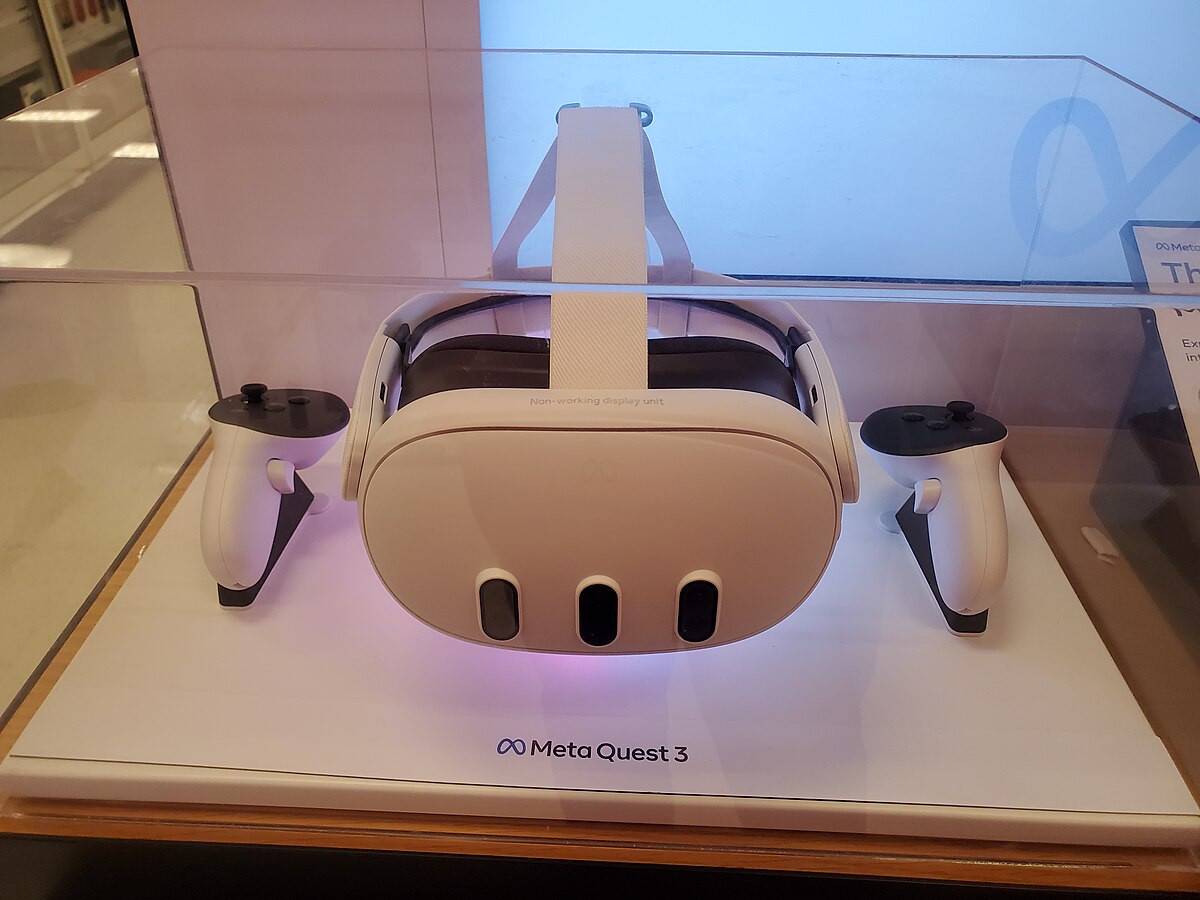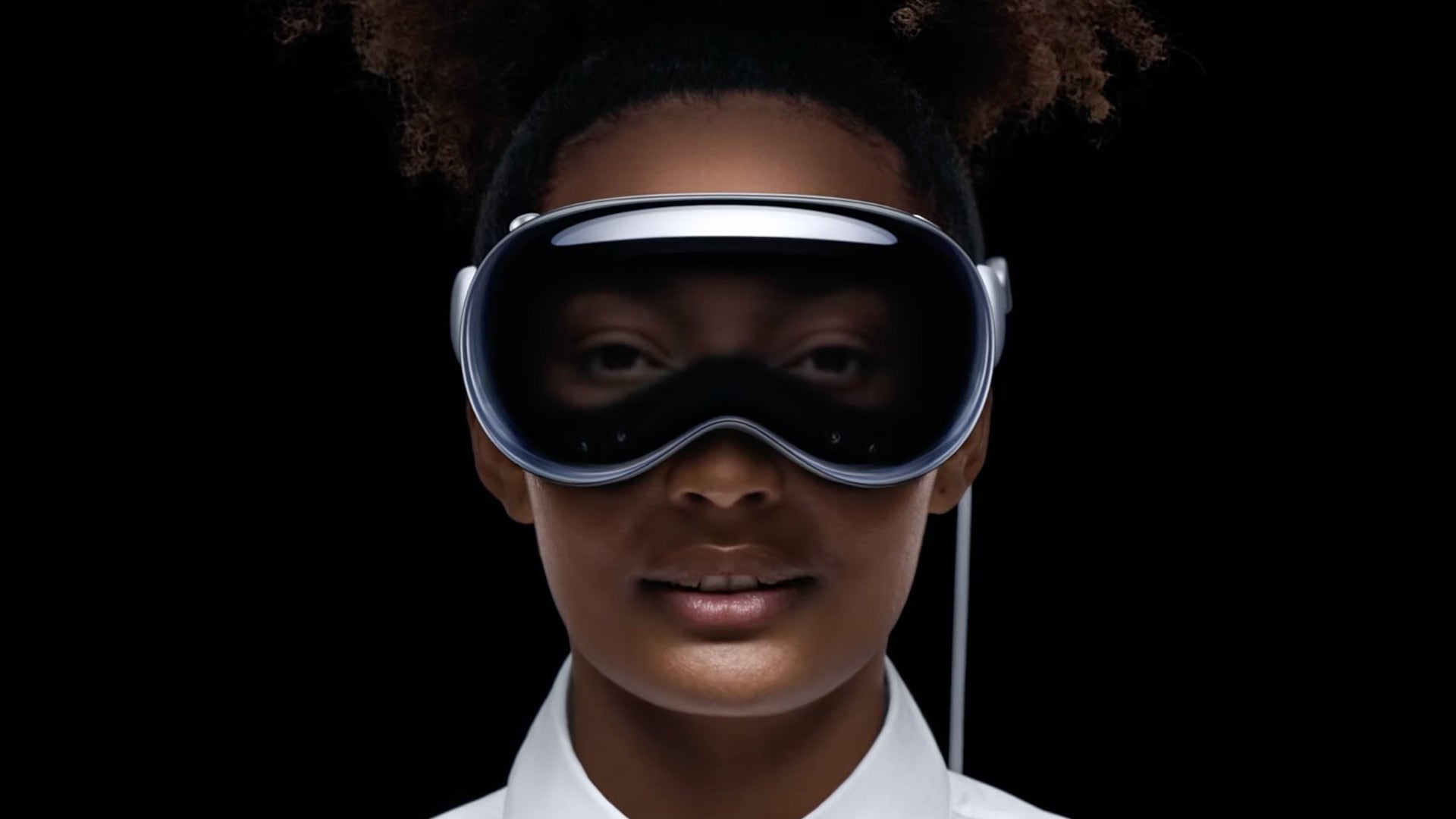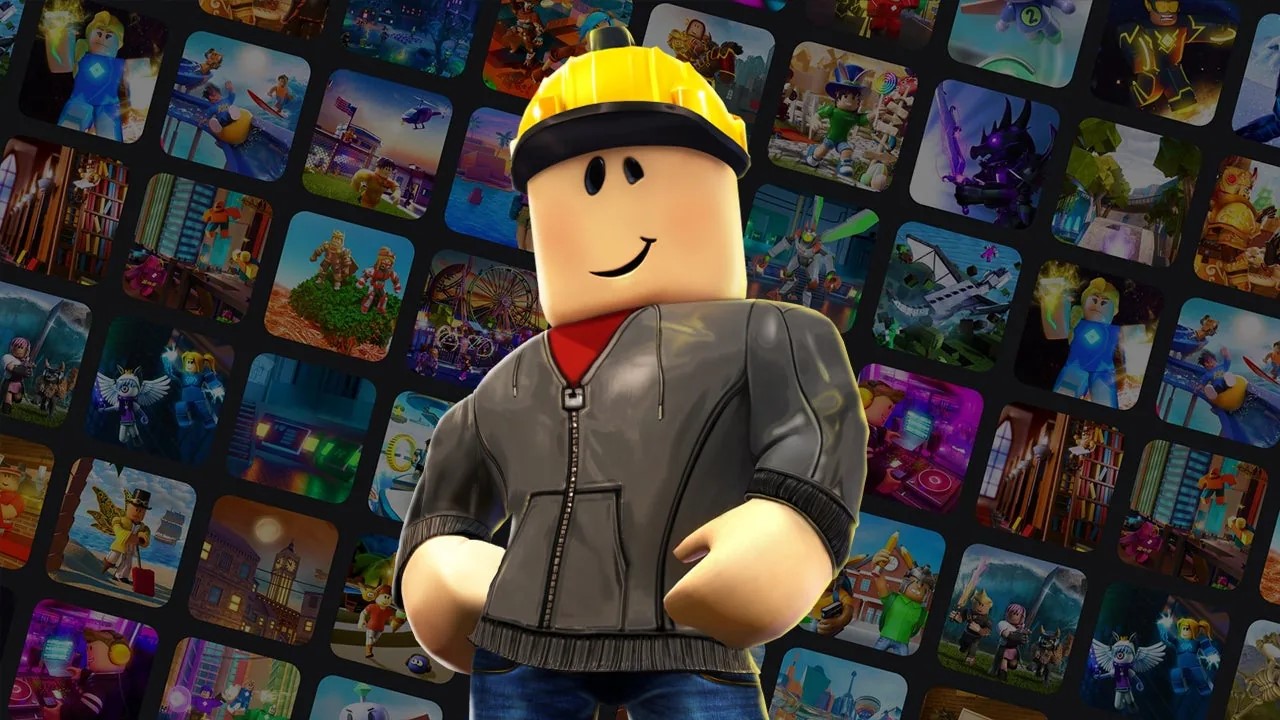In 2022 the fans of Sword Art Online saw as reality took one small step towards fiction. NerveGear, holding the same name as the Full-dive headset from the anime was announced as a conceptual prototype by the founder of Oculus, Palmer Luckey. It was more of a sentimental piece which made gamers and the tech community wonder: just how close we are too Full-dive VR? The dream on logging into a completely immersive digital world where your subconscious is a part of the ones and zeros is still pretty much science fiction. But it’s not as far as you may think it is. Today’s VR is light years away from where it was just over a decade ago. Headsets such as the Meta Quest 3 which is cheaper and better than the Vision Pro, offers features such as room-scale movement, finger tracking and realistic haptic feedback. Games such as Half-Life: Alyx, Asgard’s Wrath 2 and Blade and sorcery are fully immersive experiences that are available on the Vision Pro, PSVR2 and other such VR headset consoles. Despite all, we are still tethered by current technology. Current VR setups require physical space for movement, use external controllers or tracking and can only simulate visuals and sounds. Thats immersive, but not Full-dive VR, to put it bluntly we are just not there yet. In the anime Sword Art Online Full-dive VR is supported by a brain-computer interface (BCI) that allows the players consciousness to enter the digital world while their physical body remains motionless. For this to work in real life the system must be able to bypass the brains sensory input and replace it with digital signals. The system would also have to coordinate the brains signals with in game actions. If your brain thinks move forward your avatar in the digital realm must be capable of doing so instantaneously. Lastly, there will be a need for the system to send feedback directly to the brain to stimulate sensations such as the feel of the wind, force of a punch, etc. Companies like Neuralink, Open BCI and NextMind are exploring devices that can read brainwaves. Exploring such technologies will greatly help the struggle towards Full-dive VR. Neuralink for example has implanted chips in humans and animals that allow for basic thought-based control of digital systems. As we all are aware haptic feedback greatly improves immersion in games. Startups such as bHaptics and Teslasuit are developing full boy suits that can stimulate physical feedback such as pressure, heat and vibrations etc. Experimental technology is also surfacing that can interpret basic emotional responses by interpreting brain activity. All of this combined will further enhance the immersion of current day VR. Despite all the promising developments there are still many issues that need to be addressed before Full-dive VR becomes a reality. The progress on two-way brain interfaces is still in its infancy. We can send information to computers but are unable to write sensations on the brain. Technologies such as the neuralink chip are considered as invasive and raise ethical concerns and other issues that need to be addressed. Also, a setup to achieve this level of VR would require something that is compact, wireless and capable of rapid and precise processing without causing any harm to the user. If the goal is similar to entering a digital world such as the Oasis in Ready Player One, this reality is likely very far from where we are now. This technology will likely appear in the mid to late 21st century. However, we may see early iterations of this tech in the next 10 to 15 years.
Thank you! Please share your positive feedback. 🔋 How could we improve this post? Please Help us. 😔 [Comparisons Expert] Shehryar Khan, a seasoned PC hardware expert, brings over three years of extensive experience and a deep passion for the world of technology. With a love for building PCs and a genuine enthusiasm for exploring the latest advancements in components, his expertise shines through his work and dedication towards this field. Currently, Shehryar is rocking a custom loop setup for his built. Get In Touch: shehryar@tech4gamers.com
Where We Are Today
What Full-Dive VR Actually Means
Technological Advancements Paving the Way
Challenges to Overcome
The Timeline to Full-Dive VR
How Close Are We to Full-Dive VR Like Sword Art Online?
Full-Dive VR in all its essence is still far.
Story Highlights
Was our article helpful? 👨💻
 Join Our Community
Join Our Community
Still having issues? Join the Tech4Gamers Forum for expert help and community support!


 Threads
Threads




